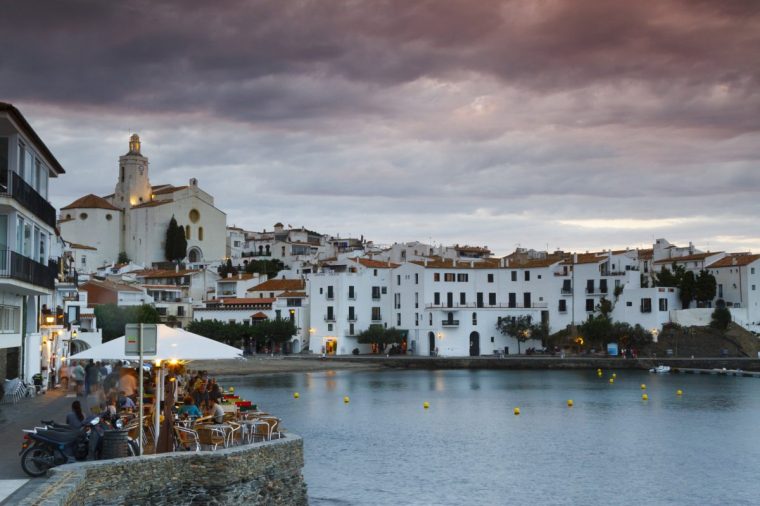Locals fear that this protected corner of the Costa Brava is becoming yet another victim of the overtourism blighting Spain
MADRID – One of Spain’s most picturesque natural parks, visited by thousands of foreign tourists every year, is bringing in restrictions to halt soaring numbers of visitors.
The dramatic rocky outcrops of Spain’s Cap de Creus natural park in Spain’s north-east inspired many of Spanish surrealist painter Salvador Dali’s most famous works. Today, the park, about three hours’ drive north-east of Barcelona, features in thousands of selfies when holidaymakers flock there every year.
But faced with criticism from ecological groups and local residents that this protected corner of Catalonia’s Costa Brava is becoming another victim of overtourism, authorities have brought in restrictions to limit the number of visitors to the natural park.
Cars will be limited from today until 31 August, from 10.30pm until 4pm. The same restrictions will not apply to motorcycles or bicycles and local people will be exempted from the new controls.

Traffic will be banned from entry to the park from midnight until 6am.
Every year thousands of visitors make the pilgrimage to the house where Dalí lived in Portlligat with his wife, Gala, which is within the Cap de Creus Natural Park.
Paratge de Tudela, whose rocky formations are said to have been a major influence on the artist, also falls within the park.
Roses council, which oversees the area with the park authority, brought in the measures to “avoid saturation” at the height of summer, said Lluis Espada, the environmental spokesman for the municipality.
It also wants to guarantee the security of visitors so emergency vehicles can access the park without facing traffic jams.
Spain’s Costa Brava has suffered from too many tourists for many years, environmental groups claim.
SOSCostaBrava, an ecological group, condemned the “uncontrolled occupation” of the Cap Roig, a pretty cove on the Costa Brava which attracts yachts and speed boats.
The Cap Roig is not in the Cap de Creus natural park but in the Calella de Palafrugell, further south.
“@SOSCostaBrava warns that, once again, and in recent days, the protected Natura 2000 Cap Roig-Castell area has experienced heavy pressure from recreational boats, with uncontrolled occupancy,” said Andria Compte, an activist, on X.
Last month, authorities in nearby Cadaques, the picturesque white-walled village which is famous for its links to Dalí and other artists, said they did not want the place to be turned into a “theme park” for tourists.
The village is home to 2,800 people in the winter but in the summer months this number swells to 30,000, or ten times its normal population.
The influx of tourists strains local resources and creates problems for long-standing residents, who were attracted by its reputation as a haven for artists.
To combat this problem, the council commissioned a study to find out the maximum number of visitors possible without compromising its sustainability.
“Currently, the situation in Cadaqués, as in many coastal towns, is chaotic at certain times of the year, especially in summer or during long weekends, especially in terms of mobility,” said Nuria Durán, a council spokeswoman.
“The purpose of the study is to find the balance between heritage conservation and sustainable tourism. Overcrowding creates problems and achieving this balance is essential to ensure the experience of visitors.”
